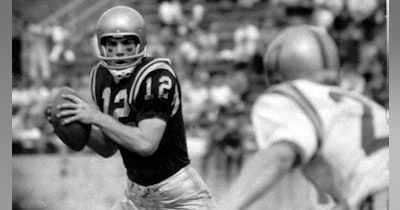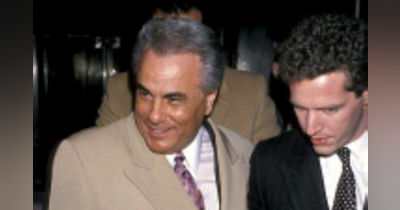“In the street, follow-up is tracking the last lead down the last dark alley until the last crook is locked away. From an upper floor at headquarters, the idea of follow-up only begins with the obligation to ensure that the field commanders are making the cops track the last lead down the last dark alley until the last crook is locked away.” – Jack Maple[1]
Pete and I are often asked where we came up with the RF Factor concept that underpins our podcasts as well as our writings. Here it is in a nutshell. It was partly born from honoring the legacy and genius of Jack Maple, considered one of the foremost leaders in crime-control strategies. It is also grounded in our own compelling interest to better understand what makes some public safety initiatives succeed while others stagnate or fail. We have both been involved in numerous projects and initiatives throughout our own careers some were successes and others seemed to be doomed for failure shortly after they were launched even though “mission accomplished” was announced. With that said, from our collective vantage point, it is the RF Factor, or “relentless follow up”, that seems to be the lynchpin for the successful programs that we have observed both in our former law enforcement careers as well as our current consulting experiences. When initiatives have change agents constantly looking in their rear-view mirrors to assess what is working and what is not, and if those projects are doing what they said they set out to do, those initiatives seem to succeed.
Deputy Commissioner Jack Maple of the NYPD, under Commissioner Bill Bratton, was credited for designing the city’s anti-crime strategy that to this day remains historic in nature. He was a steadfast believer in relentless follow-up and assessment, and as such saw it as a critical element of the CompStat model. He believed that even the most effective systems will eventually fail if they’re not relentlessly assessed and corrected to prevent the inevitable human slippage. It wasn’t that long ago that I was in a command room at the NYPD named after Maple. Commissioner Bill Bratton rededicated the CompStat meeting room in honor of Maple, the man who invented statistic-based crime-fighting assessment tools that underscored the massive crime drops in the city in the 1990s. For the NYPD, it was the CompStat meeting room that was the place where relentless follow-up was formally conducted.
While I never met Jack, I have been inspired by his work ever since reading Crime Fighter. Pete, on the other hand, was introduced to him, in a “restaurant” on West 57th, in the late ’90s. They commiserated over their shared views on developing effective and sustainable law enforcement initiatives, while “tipping a few.” Interestingly enough, they never did order dinner. Wow, what a great guest he would have been on our podcast, particularly now as we seem to be struggling as a nation with violent crime control strategies.
We have seen the “RF Factor” comes in different shapes and sizes. It may not be a formalized meeting where commanders are seated around the table to assess current crime control strategies. Instead, it may be more like a morning call, a daily huddle, or “leadership by walking around” and talking to your project team. Last year, the RF Factor podcast offered us an opportunity to speak to several change agents to better understand how they assessed what was working and what was not, and how they advanced and sustained their programs. We’ve had a smorgasbord of cops, special agents, lawyers, leadership coaches, a historian, and a Navy Seal Commander speak with us about the tenants of relentless follow up from their perspectives and what it meant to them. Each discussion gave us new insights into this often-overlooked fundamental element of change and innovation.
The RF Factor seeks to help us all better understand how effective programs are accomplished and most importantly sustained. We enjoy conducting postmortem assessments of programs, initiatives, and innovations to better learn about the good, the bad, and the ugly – why some great programs seem to endure and yet others with similar great potential seem to fade away into the sunset. We enjoy teasing out the core elements of any project – the people, places, and technology involved – against the backdrop of the RF Factor.
It is our vision to spread the word about the crucial role that the RF Factor element plays in sustaining a good idea - because we know it will make the world a safer place.
Please - join us - if you believe as we do. If you have any examples, that you would like us to focus on please let us know.
We would very much like to hear from YOU. Leave a comment or email us.
*** Check out this Police1 article “12 Podcasts every cop should add to their 2022 playlist”. Great podcasts listed! We were fortunate to have some of our guests add the RF Factor podcast to the conversation.
[1] Maple, Jack; Mitchell, Chris. The Crime Fighter: Putting the Bad Guys Out of Business . Crown/Archetype





